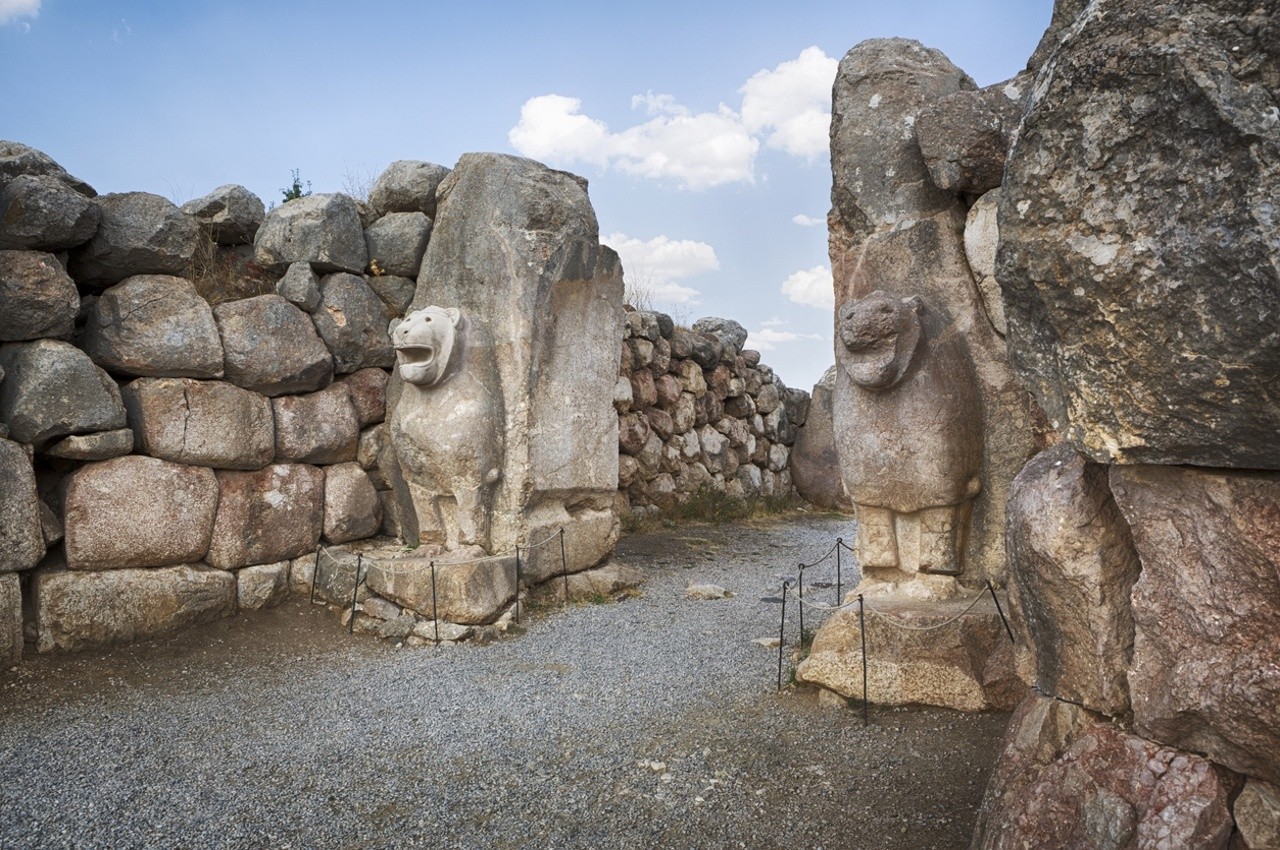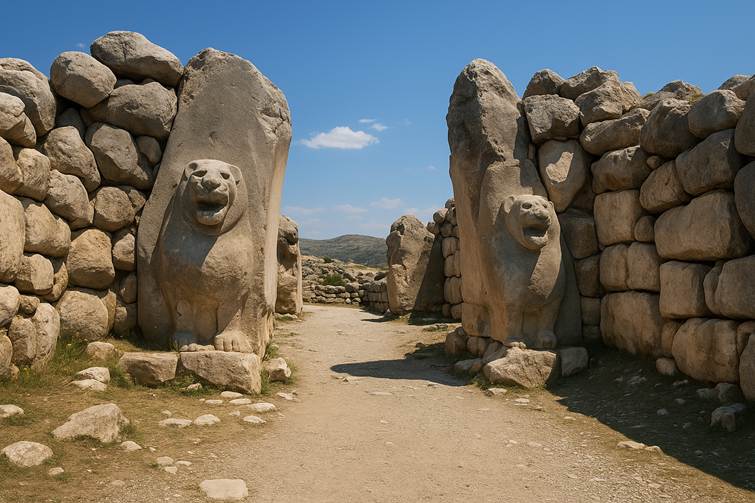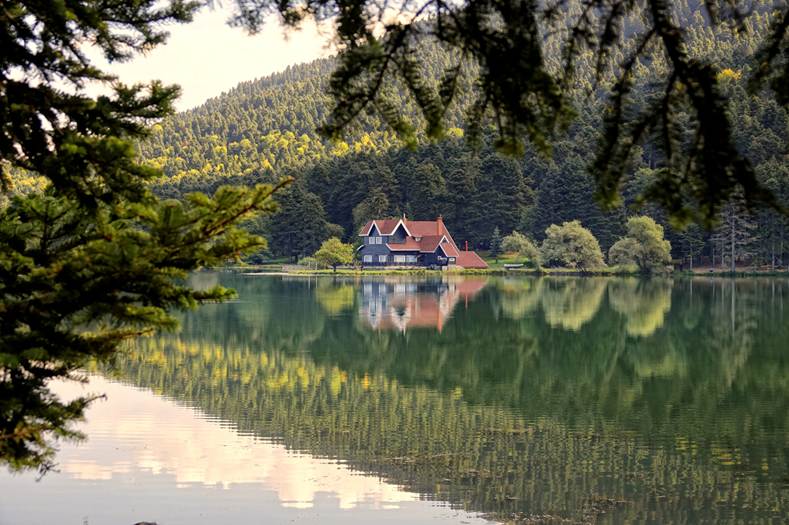
Explore the ancient capital of the Hittite Empire at Hattusa, a remote UNESCO World Heritage Site hidden in the hills of Central Anatolia. Walk through lion-guarded gates, tunnels and temple ruins, then follow the old roads north to characterful Black Sea towns for a deeper, off-the-beaten-path look at Türkiye’s past.
Hattusa & the Hittite Empire: Following an Ancient Route Through Central Anatolia and the Black Sea
Most travellers who come to Türkiye dream of Istanbul, Cappadocia and maybe Ephesus, but far fewer make it to Hattusa, the dramatic hilltop capital of the Hittite Empire, or continue north to the riverside and Black Sea towns of Amasya, Kastamonu, Safranbolu, Amasra and Abant Lake. Linking these places together creates a powerful Hattusas and Hittite Empire itinerary that feels like following an ancient route through Central Anatolia and beyond.

The journey usually begins in Istanbul, where the Topkapi Palace, Hagia Sophia, Blue Mosque and the old Hippodrome introduce centuries of Byzantine and Ottoman history. From there, many travellers trace more recent events at the Gallipoli battlefields and step back into myth at Troy, before heading south to the classical ruins of Ephesus, the white terraces of Pamukkale and the ancient cities of Hierapolis, Laodicea, Perge, Aspendos and Side around Antalya. Turning inland, the route passes through Konya and the Mevlana Museum, the Seljuk caravanserai of Sultanhani, and the surreal valleys, cave churches and underground cities of Cappadocia.

From Cappadocia, a true Hattusa tour in Turkey begins. Driving across open Central Anatolia, you reach Hattusa, the former Hittite Empire capital, now a quiet UNESCO World Heritage Site. Here you walk along city walls and ramparts, pass through the Lion Gate and King’s Gate, explore the tunnel at Yerkapı, and see the foundations of the Great Temple. With a good guide, the Hittites stop being a name in a book and become a real Bronze Age power whose decisions once shaped this whole region.

North of Hattusa, the landscape softens as you enter the Black Sea hinterland. In Amasya, Ottoman houses line the Yeşilırmak River beneath dramatic rock tombs; in Kastamonu, timber houses and a hilltop castle overlook a quietly traditional city. Safranbolu, a UNESCO-listed town, showcases beautifully preserved Ottoman mansions, cobbled streets, old caravanserais and hammams, while nearby Yörük Village and the glass viewing platform over the canyon add rural charm and striking views. A detour to Amasra on the Black Sea coast brings sea air, fresh fish and a photogenic peninsula, before the route swings back towards Istanbul with a peaceful pause at Abant Lake, ringed by forests and hills.

Shorter or longer, any itinerary that weaves together Istanbul, Cappadocia, Hattusa and the Black Sea gives you a deeper picture of Türkiye: from imperial capitals and WWI trenches to fairy chimneys, Bronze Age gates and wooden mansions above quiet valleys. Instead of seeing just the famous highlights, you follow a continuous line of history across Central Anatolia, with Hattusa and the Hittite Empire at its powerful centre.